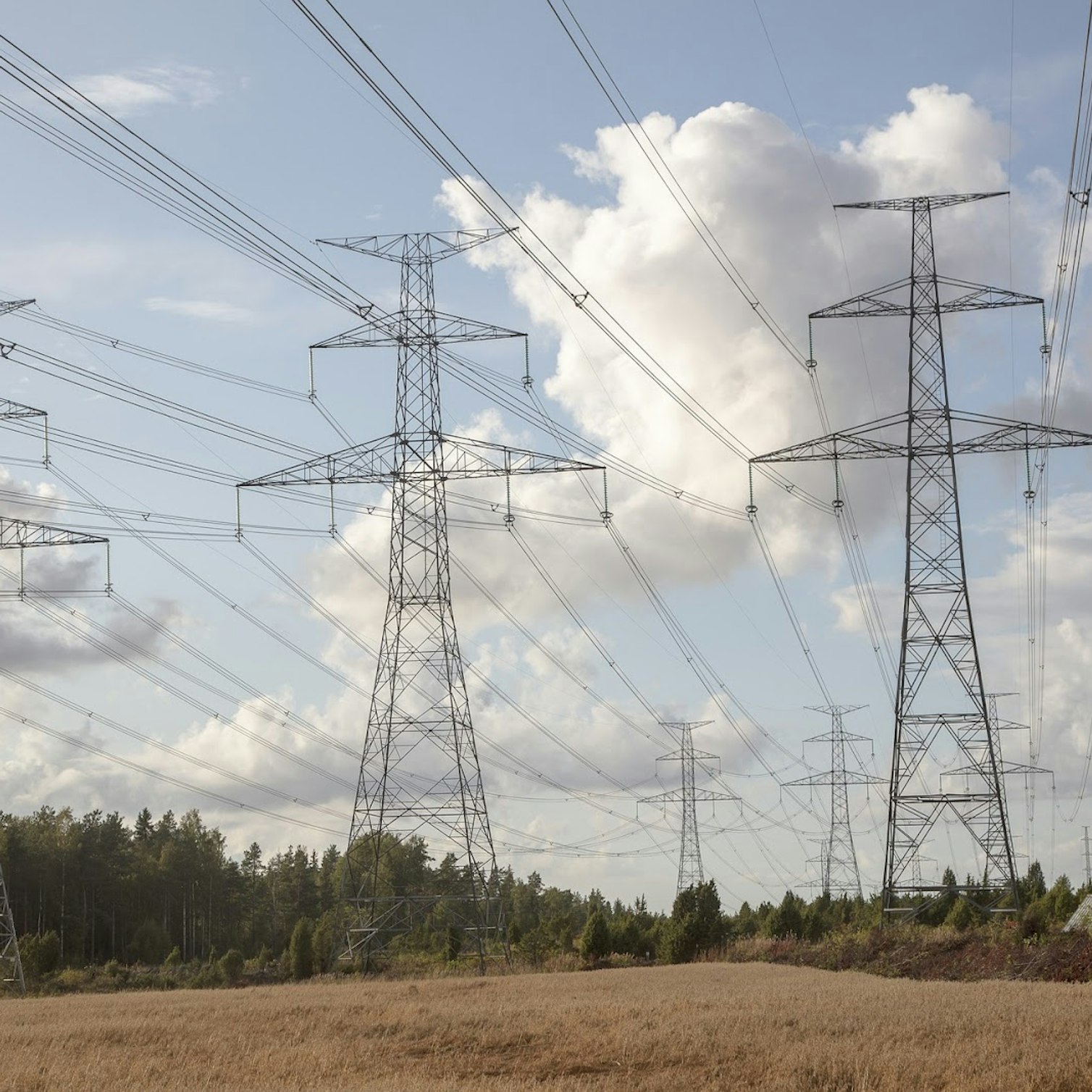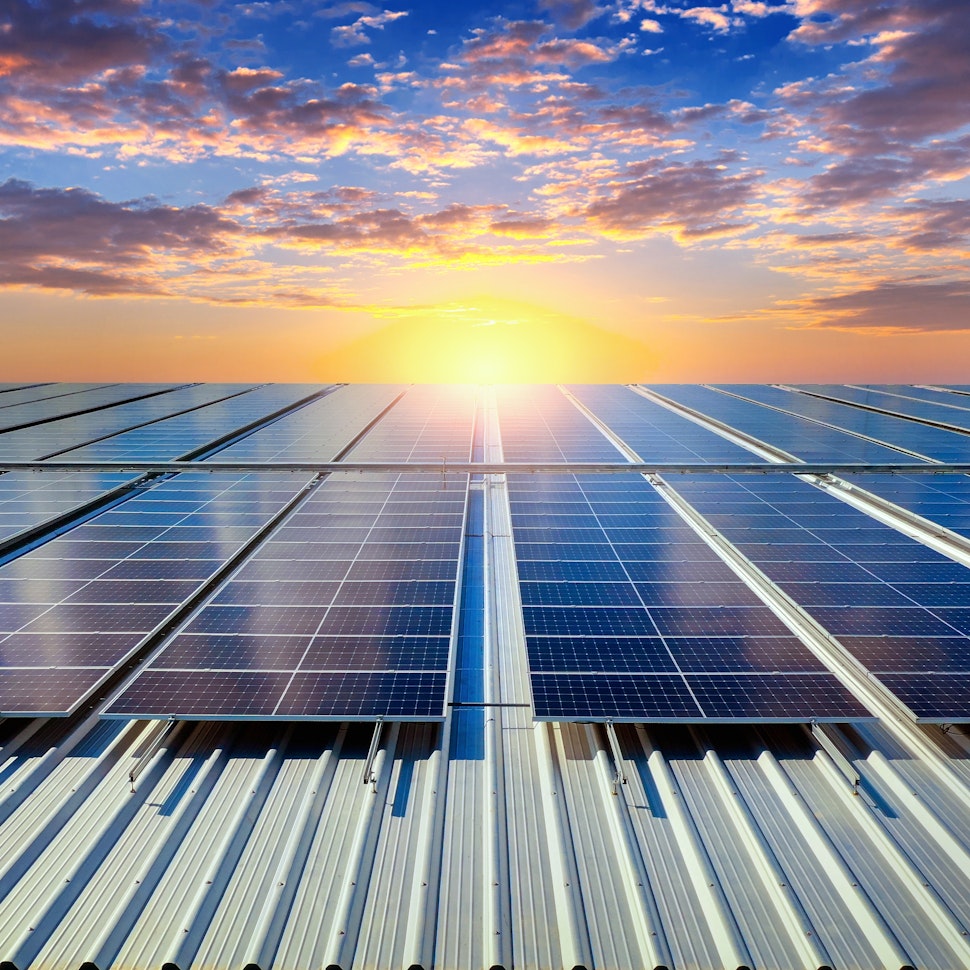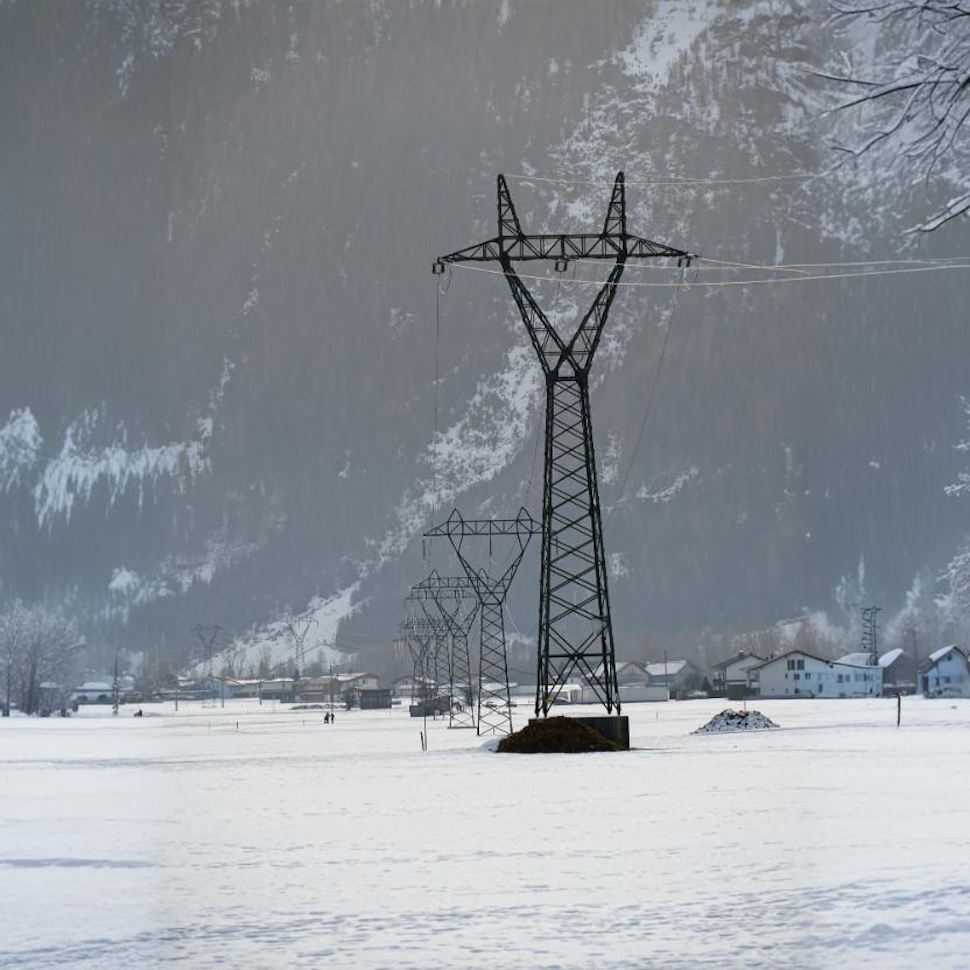- Solar energy blog
- Solar export control explained
Solar export control explained
Learn more about solar export control, what it is, and why it's important in this in-depth article.


Ming Cheng
Customer Success Manager
Nuclear Engineer with 6 years of experience in the solar industry. Joined RatedPower’s customer success team over three years ago and specialize in various topics with solar solutions. Leverage deep industry insight and ensure clients maximize benefits sustainable energy technology.

Content
Solar photovoltaic (PV) energy has emerged as a crucial player in the global transition towards sustainable and renewable energy sources. As more households and businesses adopt solar power systems, an increasingly important consideration is how excess energy is managed and distributed back to the grid.
This process is regulated by what is known as solar export control. In this blog post, we will delve into the concept of solar export control, its importance, and how it contributes to the efficiency and stability of our energy grids.
What is solar export control?
First, let’s start with a quick overview of what we mean by solar export control. In essence, solar export control refers to the amount of solar power you can send to the grid from a grid-connected solar installation. These limits can apply to any size of solar installation, from utility-scale projects to solar panels on private residences.
Suppose a solar plant produces more electricity than can be supplied to the grid. In that case, solar export control will be implemented to limit the amount of exported electricity. This process is usually determined by the grid.
Why is solar export control important?
The primary reason that solar export control is both important and often necessary is to protect the grid from too much power being delivered to it.
There may be limits on how much power the grid can handle at a given time. If too much power is pumped into the grid, there is the risk of affecting the power quality and damaging components such as transformers. Although, in many cases, excess energy is not an issue, especially for smaller solar installations, some areas of the grid simply cannot handle large amounts of power at any one time.
This is also a particular issue in areas where there are a higher number of solar installations, creating situations where good weather may lead to large spikes in power exports to the grid. If the infrastructure is not in place to handle these surges in power, limits must be placed on the solar installations to prevent damage to the grid and wider power supply.
This may lead to a size restriction for solar installations in certain areas. The network may also stipulate that a solar export control device is included in any plans before new installations are approved. However, the inclusion of this tech often results in automatic approval.
Types of solar export control
There are three main types of solar export control that are currently used. Let’s look at each in turn.
Solar smoothing
As mentioned above, solar power is an inherently volatile source of electricity due to its reliance on the weather. One day, a solar panel may produce almost no electricity due to heavy cloud cover, only for it to generate vast amounts the following day when it is sunny.
This unpredictability makes it difficult for the grid to plan appropriately for supply and demand, and sudden power surges can cause damage and blackouts. Solar smoothing devices ensure a steady and consistent electricity supply is delivered to the grid by limiting the amount of power exported.
Solar feed-in management
This process refers to when the grid directly controls a solar installation to limit the amount of exported power. There are a couple of different versions of this.
First, the network may completely shut down a solar installation once it reaches a set threshold. This may be done remotely or be pre-programmed beforehand. The issue with this approach is that you may lose all of your solar energy generation for the period that your system remains above the threshold, wasting electricity and making systems far less efficient.
Second, the network may limit the amount of power exported by redirecting energy above the threshold to the earth. This is less wasteful as it does not lead to a complete shutdown of the system, but power is still wasted that could be used for other things.
Ideally, this type of export control would redirect solar power above the export threshold to other devices or storage solutions to ensure energy is not wasted. However, this approach is more complex and challenging to implement.
Zero solar export
This is precisely what it sounds like and is, technically, a form of solar export control. With this method, a solar installation is not permitted to export any power to the grid. While this prevents problems with the grid, it is often the case that excess energy generated by a system is wasted unless storage solutions are in place.

How does a solar export limiter work?
Solar export limiters work through a smart meter installed into the system. This smart meter monitors the amount of electricity being produced as it passes through the system. Once the set threshold is reached, the smart meter sends signals to the inverter to switch off and stop any more power from being exported to the grid.
The excess power is then usually lost as heat energy, although it is sometimes redirected to the ground. Some systems, but certainly not all, have the capability to direct the excess power to other devices or storage solutions so that the power is ultimately used.
Advantages and disadvantages of solar export limits
Now, let’s look at some of the pros and cons of solar export limits.
Advantages
Protects the grid from instability and damage
Ensures a consistent and stable supply of power to the grid
Allows for the installation of larger systems, particularly consumer systems — If there is an export limiter in place, you can often install a larger system without fear of over-exporting to the grid. This energy can then be redirected elsewhere, such as powering homes or charging electric vehicles.
Disadvantages
The export limit may be zero — If you are in a location where the export limit is set to zero, you cannot export anything to the grid and miss out on the financial benefits of doing so
Wastes energy — As with the above point, whether the limit is zero or set to another threshold, there is a good chance that excess power produced will not be used and will instead be wasted
Data reporting errors — With a solar export limiter in place, if your system generates above the maximum threshold, it will only report that amount.
If you’re looking for more tips and insights about everything to do with solar photovoltaic power and the renewable energy sector, check out the RatedPower resources page for all of our blogs, reports, and ebooks.
2025 Trends: Renewable Energy & Solar Research Report
Get key insights and data from an industry-wide survey and solar simulations on the RatedPower platform. Download now to uncover critical trends and challenges shaping the future of renewables.

Latest stories
Related posts
Technology and engineering
Outsmarting congestion: How efficient solar design helps navigate Nordic grid limits
Learn how Nordic operators and solar developers are adjusting to tighter grid conditions and how policy and design decisions are keeping projects on track.
Updated 16 DEC, 25

Technology and engineering
The rise of ultra-thin perovskite solar cells
Learn about Japan’s $1.5B initiative to commercialize ultra-thin, flexible perovskite solar cells and how it could transform the solar landscape globally.
Updated 30 SEP, 25

Technology and engineering
The green hydrogen boom in LatAm
Latin America is emerging as a green hydrogen leader. Learn how LatAm countries are leveraging solar and wind power to drive green hydrogen production.
Updated 22 JUL, 25

- RatedPower
- Solar energy blog
- Solar export control explained
 Watch a demo
Watch a demo Ask our AI Product Expert
Ask our AI Product Expert

